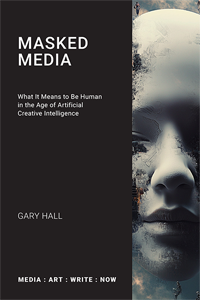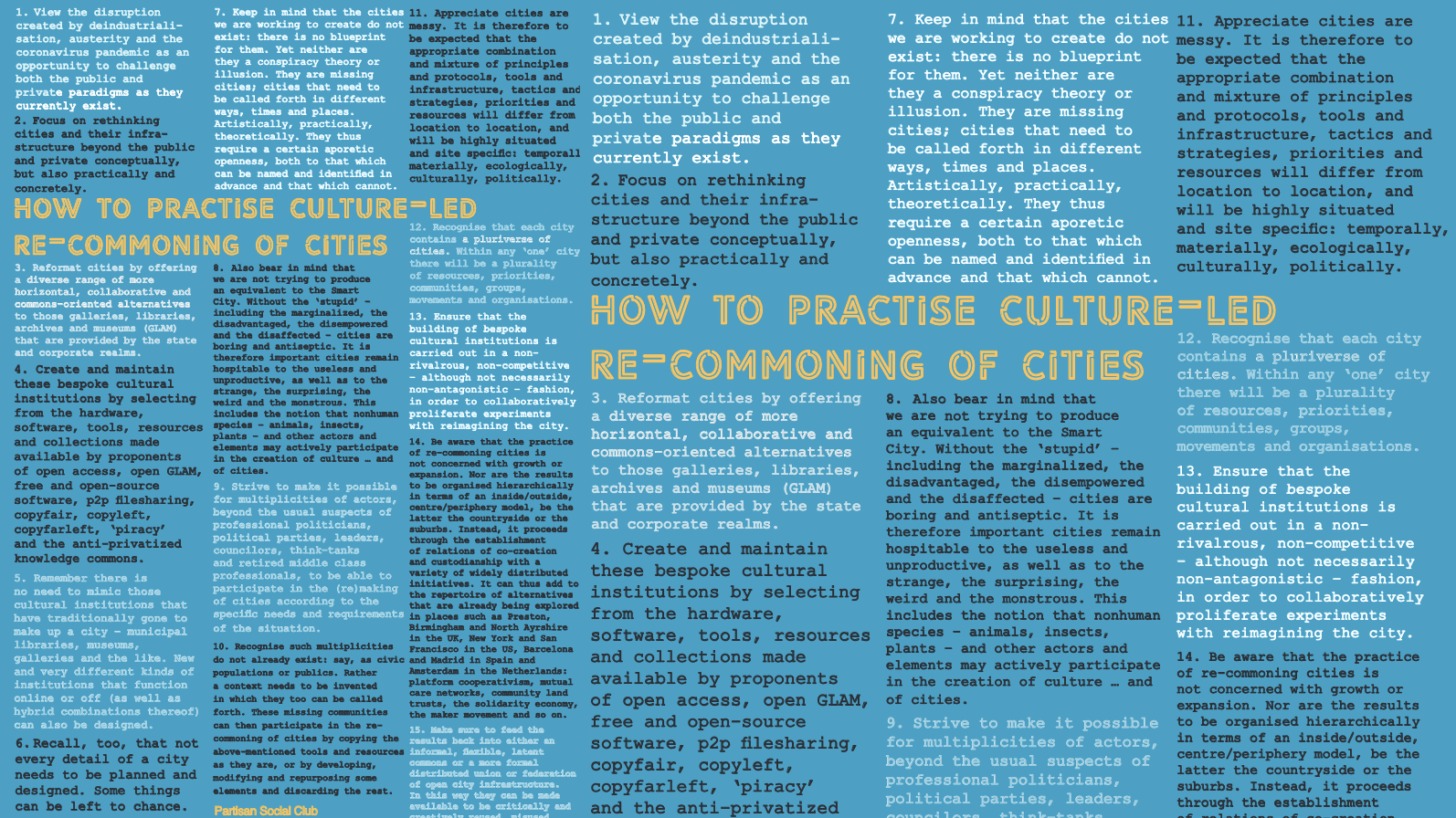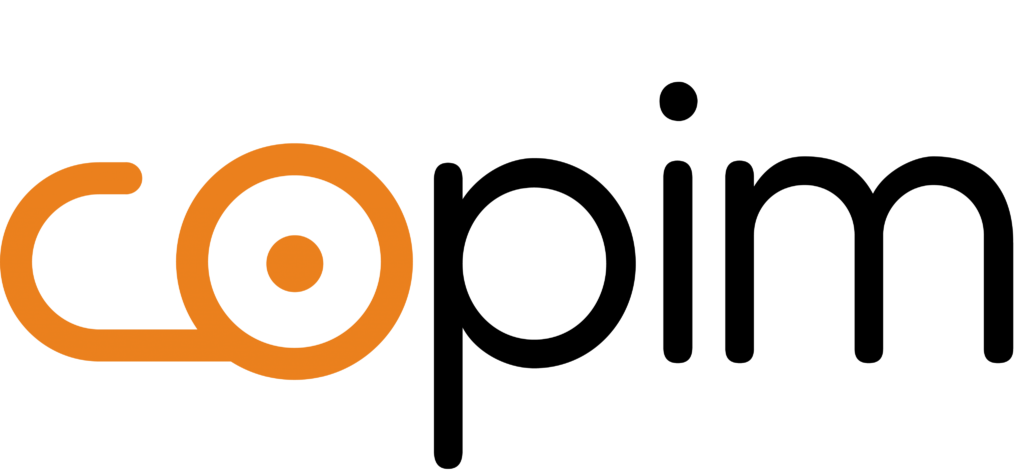Disrupting the Humanities: Towards Posthumanities - special issue of JEP
 Monday, January 9, 2017 at 3:31PM
Monday, January 9, 2017 at 3:31PM We are pleased to announce the publication of a special issue of the Journal of Electronic Publishing: ‘Disrupting the Humanities: Towards Posthumanities’, edited by Janneke Adema and Gary Hall.
‘Disrupting the Humanities: Towards Posthumanities’ consists of a selection of video-articles by Johanna Drucker, Mark Amerika, Erin Manning, Monika Bakke, Endre Dányi, Lesley Gourlay, Silvio Lorusso, Niamh Moore, Karen Newman, SØren Pold, Craig Saper, Sarah Kember, and Iris van der Tuin.
It is available for free, open access, CC-BY, here:
http://www.journalofelectronicpublishing.org/
‘Posthumanities: The Dark Side of “The Dark Side of the Digital”’
Adema and Hall have written a 10,000 word opening essay, discussing the conceptual premises that underly this special issue. Engaging with various discourses around the digital humanities, the essay outlines the experimental mode in which the videos included in the issue have been edited, as well as pointing to the idea of "posthuman humanities".
Link: http://dx.doi.org/10.3998/3336451.0019.201
A table of contents for this special issue of the Journal of Electronic Publishing is provided below.
-----
Disrupting the Humanities: Towards Posthumanities
The Journal of Electronic Publishing (JEP)
Volume 19, No. 2 winter 2016
Edited by Janneke Adema and Gary Hall
Contents
1 Maria Bonn, A Note From JEP
2 Janneke Adema and Gary Hall, Posthumanities: The Dark Side of “The Dark Side of the Digital”
PART ONE – Creating Posthumanities: Disrupting Humanities Methodologies
Part one of Disrupting the Humanities consists of a radical exploration of new posthumanist methodologies that take into account the agency of technologies and other non-human actants involved in modern forms of knowledge production.
3 Monika Bakke, Deep Time Environments: Art And The Materiality Of Life Beyond The Human
4 Lesley Gourlay, Posthuman Texts: Nonhuman Actors, Mediators and Technologies of Inscription
5 Niamh Moore, “Humanist” Methods in a “More-than-Human” World
6 Iris van der Tuin, Reading Diffractive Reading: Where and When Does Diffraction Happen?
PART TWO – Performing Posthumanities: Disrupting Humanities Aesthetics
Part two looks at the ways in which research is mediated and performed. It focuses on a reconsideration of the aesthetics of scholarship, including the “aesthetics of bookishness.” In doing so it investigates the potential of more post-digital, hybrid and multimodal forms of knowledge creation.
7 Erin Manning, 10 Propositions for Research-Creation
8 SØren Pold, Ink After Print: Literary Interface Criticism
9 Johanna Drucker, Diagrammatic Form and Performative Materiality
10 Silvio Lorusso, The Post-Digital Publishing Archive: An Inventory of Speculative Strategies
PART THREE – Circulating Posthumanities: Disrupting Humanities Institutions
Part three of Disrupting the Humanities provides a critical examination of how research is disseminated and shared, be it by publication to peers or to students in a pedagogical setting, or by adopting practices of radical openness and experimentation to challenge the normative and often print-based (neo)liberal humanist assumptions of how scholars in the humanities communicate.
11 Sarah Kember, At Risk? The Humanities and the Future of Academic Publishing
12 Endre Dányi, Samizdat Lessons: Three Dimensions of the Politics of Self-Publishing
13 Craig Saper, Disrupting Scholarship
14 Mark Amerika, Glitch Ontology (A Video Performance)
15 Karen Newman, The West Midlands as an ‘Electronic Super Highway’: BOM and the Emergence of New Art Infrastructures







Reader Comments